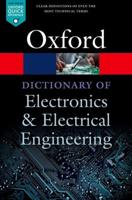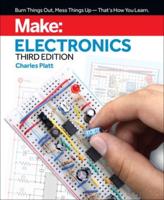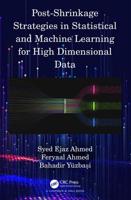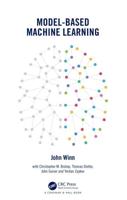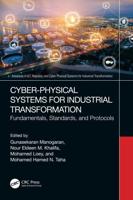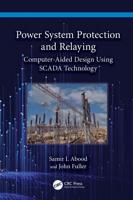Publisher's Synopsis
Whether (A) technology machine labor will replace human worker more or assisthuman worker moreThere is no single agreed definition of a robot how outcome of a task that is completed without human intervention. When some definitions require the task to be completed by a physical machine moves and respond to its environment, other definitions use the term robot in connection with tasks completed by software, without physical embodiment.However, to answer the question: Whether (AI) technology machine labor will replace human worker more or assist human worker more. I shall indicate some examples to let readers to judge whether (AI) technology can create new jobs or reduce old jobs.Firstly, I shall explain what (AI) function is. (AI) is a service robot that performs useful tasks for humans or equipment excluding industrial automation application . Thus, the classification of a robot into industrial robot or service robot is done according to its intended application. It is also a personal service robot or a service robot for personal used for a non commercial task, usually by lay persons . Examples are domestic servant robot, and pet exercising robot. It is also a professional service robot or a service robot for professional used for a commercial task, usually operated by a properly trained operator. Examples, are cleaning robot for public places, delivery robot in offices or hospitals, fire-fighting robot, rehabilitation robot and surgery robot in hospitals. Thus, these functions will be future (AI) application to our daily life necessaries or business necessaries.However, some authors agree (AI) will bring negative outcomes of automation, due to raise competiveness, reduce human job nature. Otherwise, other authors argue (AI) will bring positive outcomes of automation, due to raise productivities, job creation, assist humans work. On the positive outcome hand, robots can increase productivity . This is particularly important for small-to medium sized businesses both are in developed and developing countries economies. It also enables large companies to increase their competitiveness through faster product development and delivery. Increased use of robot is also enabling companies in high cost countries to re shore, or bring back to their domestic base parts of the supply chain that will have previously outsourced to sources of cheaper labor. Currently, the greater threat to employment is not a automation, but an inability to remain competitive. Automation has led overall to an increase in labor demand and positive impact on wages. The reason is that the middle-income/middle-skilled jobs have reduced as a proportion of overall contribution to employment and earnings leading to fears of increasing income inequality, the skills range within the middle income bracket is large. Thus, robots are driving an increase in demand for workers at the higher -skilled and with a positive impact on wages. This issue is how to enable middle-income earners in the lower-income range to unskilled or retain. Finally, the (AI) positive impact supporter who argue the future will be robots and humans can work together. However, on the negative outcome hand, robots can substitute labor activities, but don't replace jobs. They believe that less than 10% of jobs are fully automatable. Increasingly, robots are used to complement and augment labor activities, the net impact on jobs and the quality of work is positive. Automation can provide the opportunity for humans to focus on higher-skilled, higher-quality and higher-paid tasks. Robots can improve productivity when they are applied to tasks that which perform more efficiently and to a higher and more consistent level of quality than humans.

